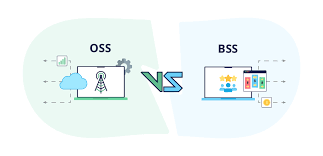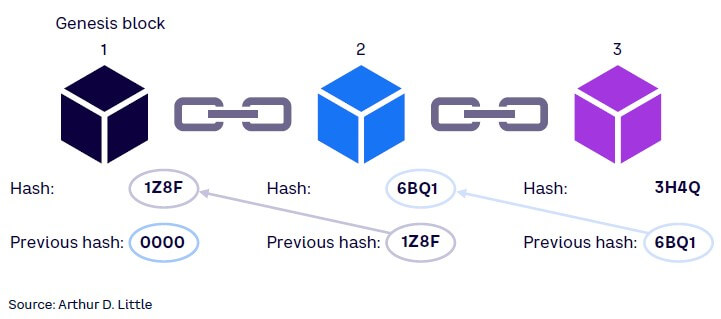OSS/BSS Integration: Driving Operational and Business Efficiency in Telecom
telcomatraining.com – In today’s rapidly evolving digital landscape, telecom operators face increasing demands for speed, agility, and customer-centric services. One of the most impactful strategies to meet these challenges is the integration of OSS (Operational Support Systems) and BSS (Business Support Systems). By aligning these traditionally siloed systems, telecom providers can streamline operations, reduce costs, and enhance customer satisfaction. This article explores how OSS/BSS integration is transforming telecom operations and unlocking business value.
Understanding OSS and BSS
Operational Support Systems (OSS) are tools used by telecom providers to manage their network infrastructure. These include tasks such as network configuration, fault management, service provisioning, and performance monitoring. In contrast, Business Support Systems (BSS) are responsible for customer-facing activities like billing, order management, customer relationship management (CRM), and product catalog management.
Although OSS and BSS have distinct functions, their integration is essential for delivering seamless end-to-end services, especially in a digital-first environment where speed and automation are crucial.
The Need for Integration
Historically, OSS and BSS operated as separate entities, often managed by different teams and powered by incompatible technologies. This separation led to inefficiencies, increased operational costs, and slower time-to-market for new services.
With the rise of technologies like 5G, IoT, and cloud-native architectures, the telecom industry is undergoing a digital transformation. Customers now expect personalized, on-demand services that are agile and error-free. Integrating OSS and BSS enables telecom companies to respond quickly to market changes, automate service delivery, and provide consistent experiences across all customer touchpoints.
Key Benefits of OSS/BSS Integration
- Enhanced Operational Efficiency
Integration reduces redundancies between systems and eliminates manual interventions. Service provisioning and fault management can be automated, leading to faster resolution times and reduced operational costs. - Accelerated Time-to-Market
When OSS and BSS systems communicate seamlessly, new services can be launched more quickly. For example, real-time data from OSS can be used by BSS systems to create dynamic pricing models or targeted promotions. - Improved Customer Experience
A unified view of the customer journey enables telecom providers to anticipate needs, resolve issues proactively, and deliver personalized services. Integration supports real-time billing, usage tracking, and efficient order fulfillment. - Data-Driven Insights
Combined data from OSS and BSS provides valuable insights into network performance and customer behavior. Telecom companies can leverage this data for predictive maintenance, demand forecasting, and strategic decision-making. - Support for New Technologies
As telecom networks evolve, integrated OSS/BSS platforms are better equipped to support technologies such as Network Function Virtualization (NFV), Software-Defined Networking (SDN), and AI-based automation.
Challenges in OSS/BSS Integration
Despite the clear benefits, integration is not without challenges. Legacy systems, data silos, and lack of standardization often hinder seamless integration. Additionally, the transition requires significant investment in infrastructure, training, and change management.
To overcome these barriers, telecom operators must adopt open standards, such as TM Forum’s Open Digital Architecture (ODA), and embrace API-driven ecosystems that promote interoperability and scalability.
Conclusion
OSS/BSS integration is no longer optional—it’s a strategic imperative for telecom operators looking to stay competitive in a digital-first world. By bridging the gap between network operations and business processes, integration unlocks efficiencies, reduces time-to-market, and enhances customer satisfaction.
As the telecom industry continues to embrace digital transformation, those who invest in integrated, flexible, and future-proof OSS/BSS architectures will be best positioned to lead in innovation and customer service excellence.







